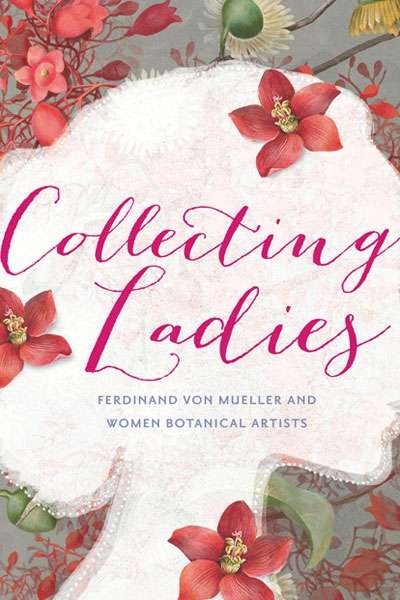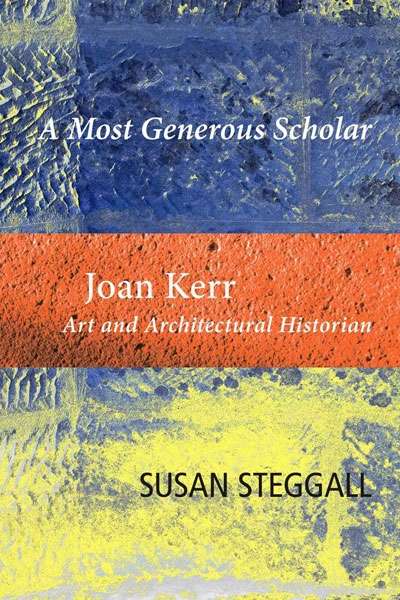Arts
Stranger by the Lake is set entirely within the perimeters of a cruising ground for men by the shores of a lake in France. There unfolds a perfectly simple temporal conceit in which the cruiser, a handsome thirty-something everyman called Franck (Pierre Deladonchamps), arrives each summer day, parks his car, and walks down to the pebbled beach by the lake’s edge. That this is a narrative of repetitions becomes clear the third or fourth time we see the sunny establishing shot of the makeshift carpark where Franck parks his Renault. His routine documents almost ethnographically what happens at the cruising ground: he walks down to the beach, greets some acquaintances, takes off his clothes, swims, sunbakes, waits, rummages around in the scrub for sex, then does it all again.
... (read more)Ninety years after ‘An Exhibition of Australian Art’ was held at Burlington House, London, home of the Royal Academy of Arts, the exhibition Australia opened on 21 September 2013. Touted as the biggest exhibition of Australian art to be staged in the United Kingdom, it is an ambitious undertaking – nothing less than a survey exhibition encapsulati ...








